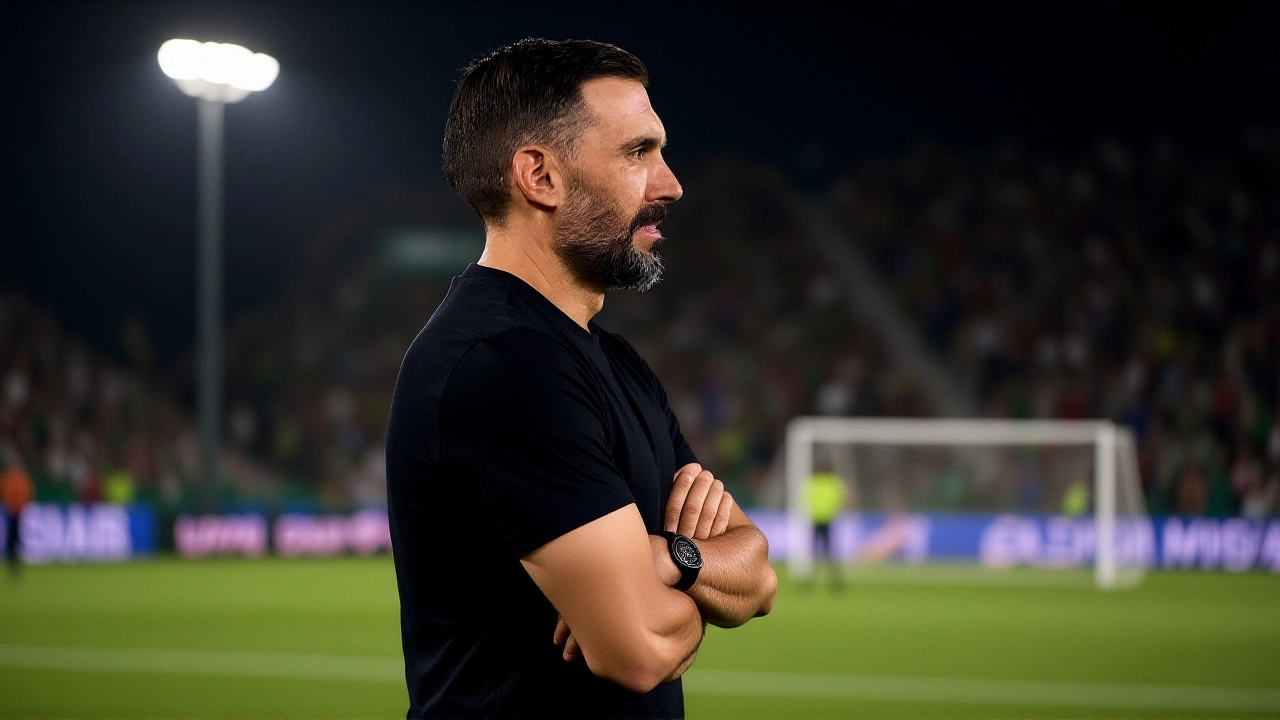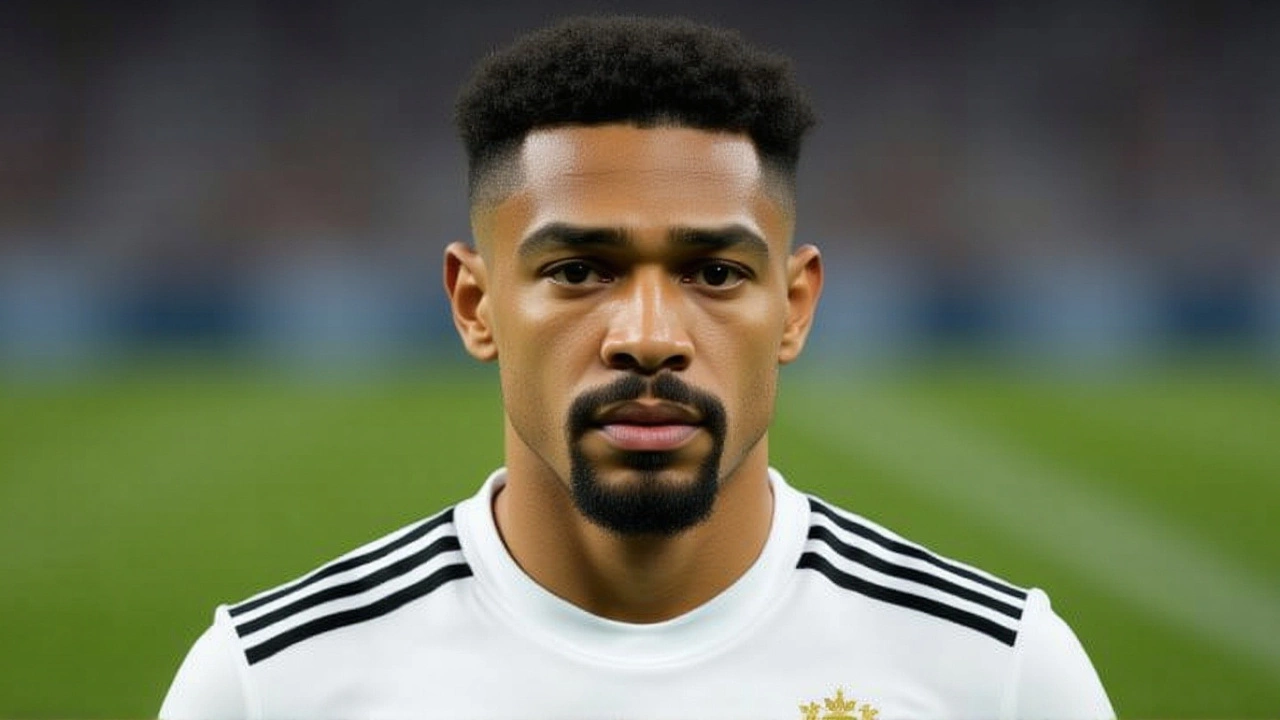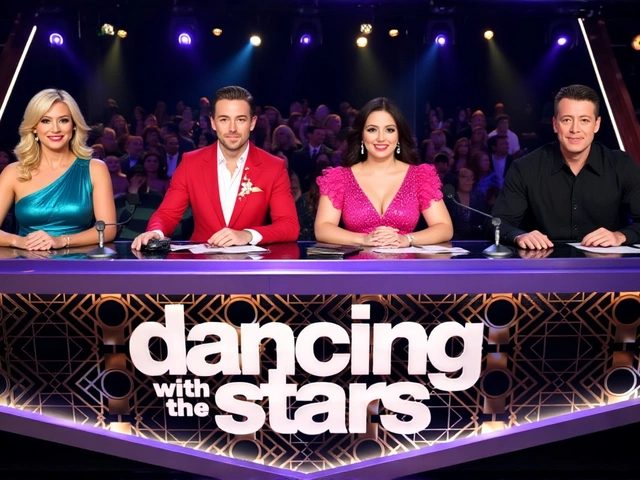Real Madrid’s 2-2 draw with Elche on November 23, 2025, wasn’t just another stalemate—it was the latest symptom of a deeper malaise. Goals from Dutch teenager Jorrel Hato Huijsen and English midfielder Jude Bellingham barely masked a performance that left fans and analysts alike questioning whether Real Madrid Club de Fútbol still knows how to win. The match, played at Estadio Manuel Martínez Valero in Elche, was the third straight game where the Spanish giants failed to score more than once—and were outplayed in every single one. The reaction? A blistering takedown on the Managing Madrid Podcast, hosted by Canadian journalist Kiyan Sobhani and American analyst Leah Revelle, who didn’t hold back on Xabi Alonso’s mounting tactical chaos.
Three Games. Two Goals. Zero Consistency
Since their 3-1 loss to FC Barcelona in early November, Real Madrid have looked like a team without a plan. Against Elche, they dominated possession but lacked urgency. Their build-up was slow. Their transitions were predictable. Even when they scored—Huijsen’s curling strike in the 34th minute and Bellingham’s crisp finish in the 68th—they never looked like they believed they’d win. "They go into those games with too much respect for the opponent," Revelle said during the November 23 episode. "You don’t wait for permission to attack. You run yourself into the ground and then defend later. Not the other way around." The numbers don’t lie: 28 points from 13 matches. Third place. Five points behind Barça. And worst of all—only two goals in three games. That’s not a slump. That’s a system failure.
"Weird Experimentations and Double Left Backs"
Revelle didn’t mince words. "He’s doing weird experimentations," she said, referencing Alonso’s repeated use of two left-backs in a 4-3-3 formation. "We have too many left wingers. Why are we playing two left-backs? Who’s even playing right-back? Is it a midfielder? Is it a center-back pretending to be a fullback? It’s confusing." The irony? Alonso, a former midfield maestro, was hired in part because of his tactical intelligence. Early in the season, his rotations made sense. New players needed time. A new system needed testing. But now? Mid-season. Matchday 13. And still no settled XI. "He should have a lineup by now," Revelle stressed. "You don’t keep shuffling pieces like a deck of cards when you’re chasing a title." Even the pre-season mantra—"no one is replaceable," Alonso told reporters in July—now sounds hollow. If no one’s replaceable, why is the same group constantly being reshuffled? Why does a player like Huijsen, barely 18, look like the only one playing with confidence?
Why This Matters Beyond the Table
Real Madrid don’t just compete for trophies—they’re expected to dominate. When they draw 2-2 at home to teams like Athletic Bilbao or away to mid-table sides like Elche, it’s not just about points. It’s about perception. It’s about morale. It’s about the quiet whispers in the locker room and the growing skepticism from fans who’ve seen this before.
Alonso’s predecessor, Carlo Ancelotti, won titles with structure. This team? They look lost. The midfield trio of Bellingham, Federico Valverde, and Eduardo Camavinga should be the envy of Europe. Instead, they’re playing with hesitation. The defense, once rock-solid, looks unsure of its shape. And the attack? It’s waiting for someone to tell it what to do.
"It’s going to be difficult to deal with all that external noise," Revelle warned. "And how difficult it probably already is to find some rhythm anywhere with a continuously changing lineup." That noise? It’s not just social media. It’s the boardroom. It’s the press conferences. It’s the next opponent—Real Sociedad, then Sevilla, then a Clásico rematch. Every game is a referendum.

What’s Next for Real Madrid?
The winter transfer window opens in January. Real Madrid are already linked with a right-back upgrade and a backup striker. But the real fix? It’s not in the transfer market. It’s in the training ground. Alonso needs to stop experimenting and start enforcing. He needs to pick a formation. A core eleven. And stick with it—even if it means benching a star.
History shows that even the greatest clubs stumble. Barcelona in 2012. Manchester United in 2018. But they all found their way back with clarity. Real Madrid don’t need more tactics. They need more conviction.
Behind the Numbers: The Real Madrid Slide
- Goal output: 2 goals in last 3 matches (down from 1.9 goals per game in first 10 matches)
- Possession average: 61% (up from 58%) but shots on target down from 5.2 to 3.1 per game
- Goals conceded: 5 in last 3 games (vs. 2 in first 10)
- Lineup changes: 14 different starting XI combinations in 13 matches
- Points dropped from winning positions: 6 (tied for highest in La Liga this season)
These aren’t flukes. They’re patterns. And patterns become habits. And habits become reputations.
Frequently Asked Questions
Why is Xabi Alonso being criticized so harshly now?
Because he’s failed to establish a stable system by mid-season despite having a squad full of elite talent. Early experimentation was understandable, but with 13 matches played, Real Madrid have used 14 different starting lineups and scored only two goals in their last three games. Fans and analysts expect leadership, not indecision.
How does this affect Real Madrid’s chances of winning La Liga?
They’re now five points behind FC Barcelona with 25 matches left. While mathematically possible, the margin for error is gone. Every draw is a lost opportunity. If Real Madrid can’t score consistently and fix their defensive lapses, even a 10-game winning streak might not be enough to catch Barça.
Is there a precedent for a Real Madrid manager struggling this early?
Yes. Zinedine Zidane’s first stint in 2016 was smooth, but his second tenure (2019–2021) saw similar issues after a slow start. Ancelotti’s 2021–22 season had early hiccups too, but he settled on a core XI by Matchday 10. Alonso is behind that timeline. The difference? He’s managing a more complex squad with more egos—and less patience from the board.
What role is Jorrel Hato Huijsen playing in this crisis?
Huijsen, just 18, is the only player consistently showing confidence and attacking intent. His goal against Elche was his third in five appearances. He’s the only one who looks like he’s playing with freedom. That’s not just talent—it’s a sign that others are overthinking. He’s become the de facto spark, and that’s telling.
Could Real Madrid replace Xabi Alonso this season?
Unlikely before January. Replacing a manager mid-season is rare at Real Madrid unless there’s a disaster. But if they lose to Real Sociedad or Sevilla in December, and drop more points, pressure will mount. The club’s board has already signaled they want "stability," not experimentation. Alonso’s job security now hinges on results, not reputation.
What’s the biggest tactical flaw in Real Madrid’s current setup?
The lack of a true right-sided attacking threat. With two left-backs and three left-footed wingers, Real Madrid are predictable. Opponents stack the right side, and Bellingham, often drifting inside, has no outlet. A right winger or a forward who can stretch play horizontally could unlock defenses. Instead, they’re stuck in a narrow, congested midfield.





